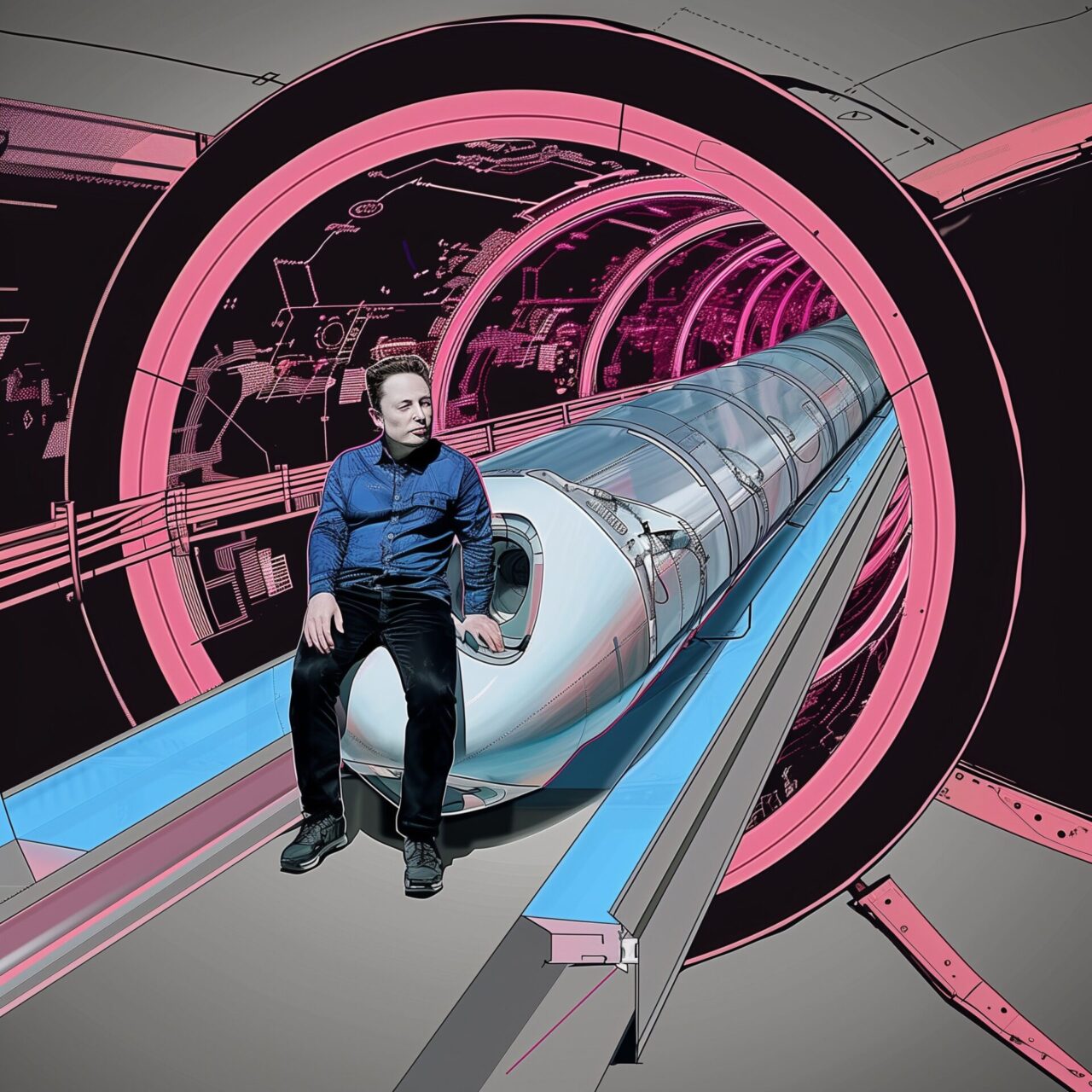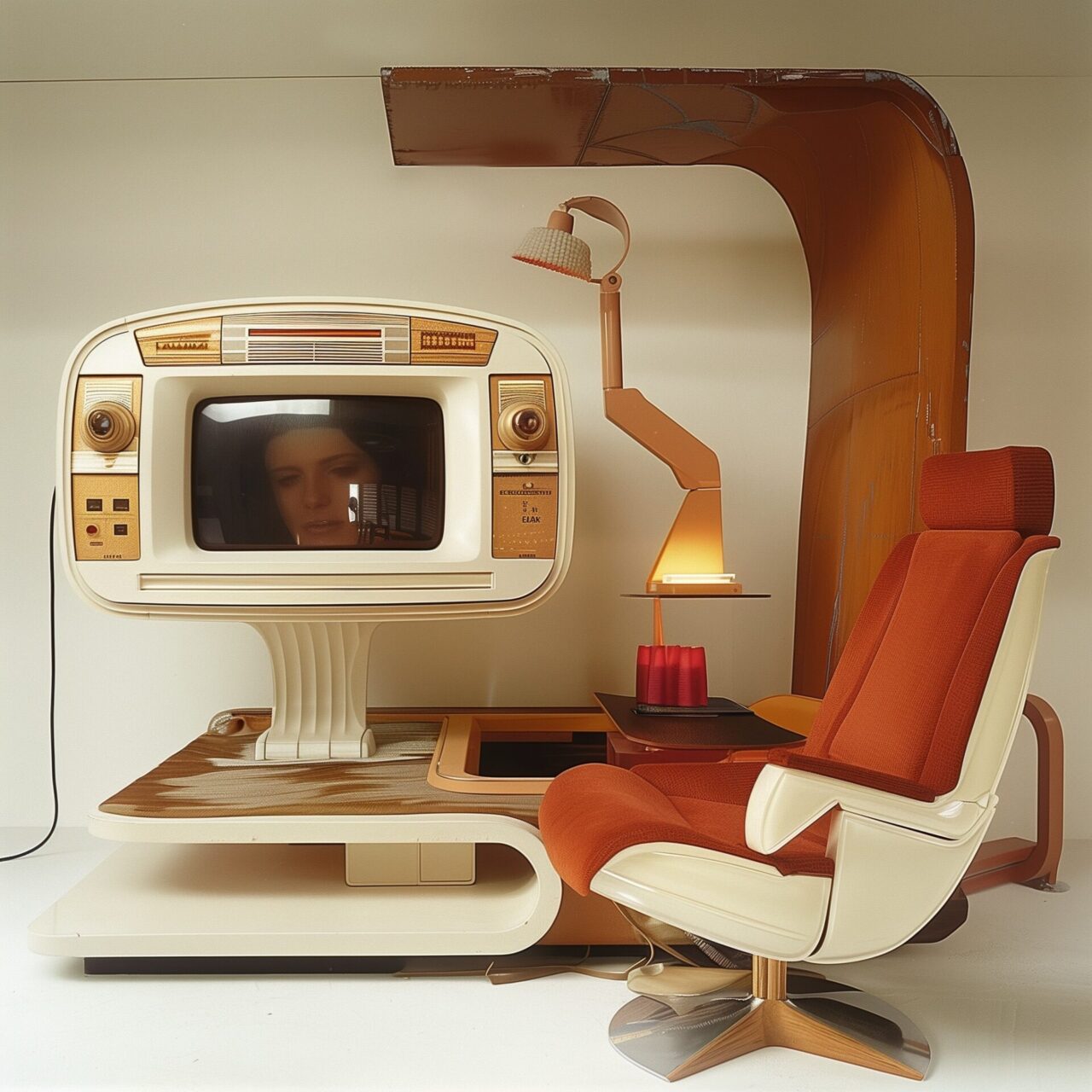
Hyperloop and the urban commutation revolution
In the digital age, where the boundaries between science fiction and scientific reality are becoming increasingly blurred, transport technologies are emerging that could not only shorten our journey times, but also radically change the face of our cities. The Hyperloop, once a bold vision of Elon Musk, is just the tip of the futuristic iceberg. These technological marvels promise an era in which commuting will be as obsolete as fax machines. But what do these developments really mean for our urban living spaces and social structures? Let’s immerse ourselves in a world where speed is more than just a number on a speedometer.
The Hyperloop: not just hot air
The Hyperloop, a high-speed capsule that floats in an almost airless tube system, represents the pinnacle of transport visions. With speeds that exceed those of passenger aircraft, journeys lasting hours could be reduced to just a few minutes. Just imagine: Breakfast in Munich, a meeting in Berlin and dinner in Hamburg, all in one day, without the hassle of flying. The technological basis for this is a combination of magnetic levitation and vacuum tube technology, which is not only lightning fast but also amazingly energy efficient.
Influence on urban structures: proximity is redefined
The potential urban implications of technologies such as the Hyperloop are immense. By drastically shortening journey times, the Hyperloop could further expand urban agglomerations and lead to even greater networking. The traditional notion of “proximity” and “distance” will be redefined, which could lead to a reorganisation of living, working and social structures. Perhaps “suburbs” will soon be parts of distant cities.
Other ground-breaking technologies: from autonomous vehicles to flying taxis
In addition to the Hyperloop, other innovative technologies are driving the transport revolution. Autonomous vehicles promise to increase safety and reduce congestion by removing human error from the equation. Flying taxis, as explored by companies such as Uber and various start-ups, could conquer urban airspace and add another layer of mobility.
Social and economic challenges: Not everyone will be travelling
As electrifying as the prospects may be, the introduction of revolutionary transport technologies is not without its hurdles. The high initial investment, the need for far-reaching infrastructural changes and legal and environmental concerns are just some of the obstacles. There is also the risk of social division: will such technologies become luxurious conveniences for the wealthy or accessible improvements for all?
On the path to urban utopia or dystopia?
The development and implementation of Hyperloop and other advanced transport technologies could radically change the way we live, work and interact. It offers the opportunity to make urban centres more efficient, cleaner and more connected. But the real challenge will be to design these technologies so that they are not just technical masterpieces, but also catalysts for more equitable and inclusive social development. Are we on the way to the cities of the future? The answer could be as complex as the technologies that are supposed to get us there.


